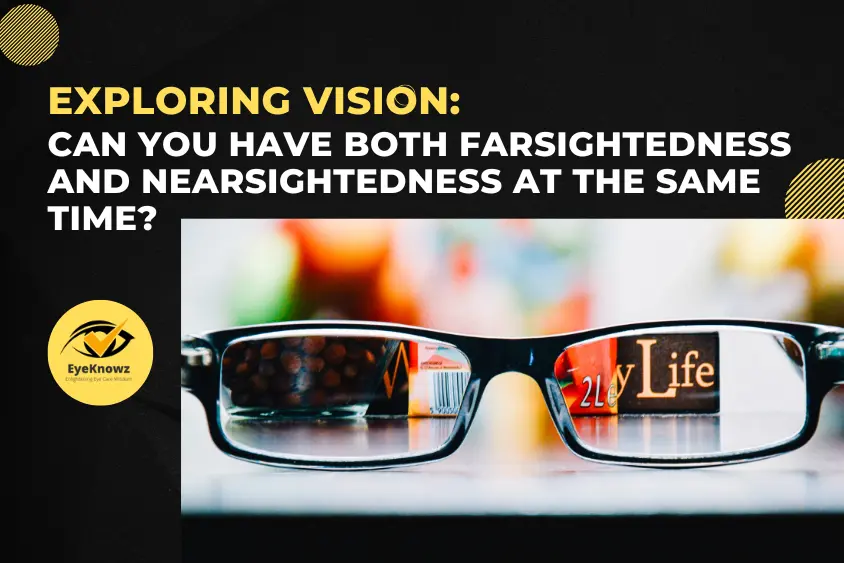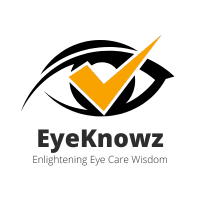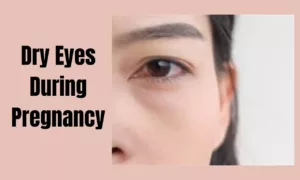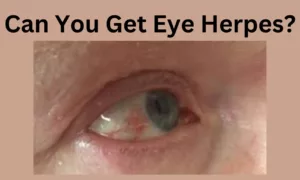Think about waking up one morning and finding your phone’s display too small or your medicine’s label too small to read. You may already have difficulty reading your favorite book when you hold it at arm’s length. It is rare to have farsightedness and nearsightedness. Persons are more likely to be either farsighted or nearsighted.
In farsightedness, objects farther away appear clearly, while objects closer to the eye are blurry or difficult to see. Things close to you, however, cause blurred vision due to this condition. When you are farsighted, you may not have trouble seeing distant objects, but reading the text in a book or emails may be more difficult. Most close-up activities will also impair your eyesight.
In contrast, faraway objects appear blurry to a nearsighted person. This refractive disorder affects your ability to focus, as light cannot bend properly onto the retina. Hyperopia (farsightedness) and myopia (nearsightedness) cannot coexist in the same eye. However, both conditions may co-occur in different eyes.
Difference between Farsightedness and Nearsightedness:
Farsightedness is the opposite of nearsightedness. It is their eyes that focus light behind their retinas. Farsighted people may instead have difficulty focusing on near objects. In addition to headaches, they may feel irritable or nervous after concentrating for a period of time.
Light is focused differently on the retinas under different conditions. When a person has nearsightedness, their retinas focus light too far forward. It may be difficult for nearsighted people to see clearly in the situations like driving, watching TV, or movies. Nevertheless, eye doctors perform eye exams to determine whether or not a person has nearsightedness or farsightedness.
Types of Farsightedness:

Farsightedness can be divided into two types. The first type of hyperopia is genetic, while the second presbyopia is age-related.
The main cause of hyperopia is a short eyeball from front to back. Due to this, nearby objects appear blurry due to light focusing behind the retina. Generally, hyperopia does not cause vision problems until late in life, even though it is a birth defect.
Presbyopia is caused by a stiffening of the lens inside the eye and a weakening of the muscles that pull on it. Aging naturally brings about this condition, which cannot be prevented. The symptoms of presbyopia often make it difficult for people to read books at a distance or read newspapers.
Can you have both farsightedness and nearsightedness at the same time?
Rarely, a condition known as anisometropia can make you both farsighted and nearsighted. Both can’t occur at the same time because of the way these conditions are characterized; they are referred to as refractive disorders or errors because the light entering the eye is improperly bent (or refracted) and cannot be focused properly on the retina. It is characterized by different focal points in one eye compared to the other. Nearsightedness and farsightedness are associated with abnormal eyeball curves.
A person with hyperopia in one eye and myopia in the other will have different focusing powers in each eye. Anisometropia is characterized by a difference in size or shape between one eye and the other. Although both eyes may have difficulty bending light on the retina, their refractive errors are significantly different. Because of these differences, each eye requires a different prescription and degree of vision correction.
Causes of Anisometropia:
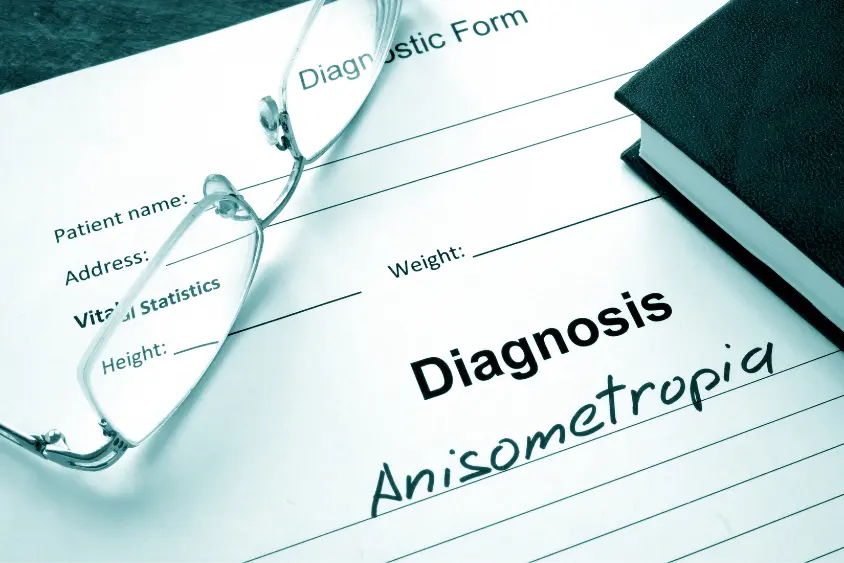
It is likely that a difference in the size or shape of the eyes causes anisometropia. The actual cause of these ocular errors is an abnormally shaped eyeball. There are several possible consequences of this:
- A condition of uneven curving
- Farsightedness is unequal
- Uneven nearsightedness
Older people can develop the condition if their lenses change in power or if they have cataracts.
Symptoms:
Anisometropia refers to a condition where one eye has different refractive powers from the other. Consequently, people without glasses or corrective lenses experience unequal focus between their eyes.
You may experience major frustration and a detrimental impact on your daily life as a result. Apart from losing visual clarity, patients may have difficulty recognizing depth and focusing their eyes.
- Symptoms of these issues may include frequent squinting, eye rubbing, and numerous ailments, including eye strain, headaches, nausea, and dizziness.
- The person suffering from this condition will notice blurry vision in one eye while it is clear in the other.
- Both eyes will not be able to transmit information to the brain. As a result, it will pick the eye that is clearest in focus.
- In children, anisometropia is a leading cause of amblyopia. People sometimes refer to amblyopia as “lazy eye.”
Treatment options for Farsightedness and Nearsightedness:
A simple eye exam or vision screening at school can often detect anisometropia in children and adults. Children may require additional help getting their brains to use their weaker eyes. In some cases, a doctor may suggest:
- Contact lenses for farsightedness and nearsightedness: Nearsightedness and farsightedness can be corrected with glasses and contacts non-invasively. Depending on your specific refractive error, a prescription is required to restore your vision to normal or close to normal. In this way, the brain can learn to use both eyes simultaneously.
- An orthokeratology procedure uses hard contact lenses to flatten your cornea to correct nearsightedness gradually.
- Using eye drops to blur the vision of the dominant eye
- Laser-assisted in situ keratomileusis (LASIK) can correct refractive errors and reduce or eliminate your dependence on vision correction glasses if you are an ideal candidate. Lasers are used to reshape your cornea and restore your eye’s ability to focus during refractive surgery.
Conclusion:
It is possible to have both farsightedness and nearsightedness at the same time. As a result, one eye’s focus differs from the other, a condition known as anisometropia.
They may have blurry vision in one eye and acute vision in the other. As a result, the brain chooses a dominant eye to see with. There are many effective treatments for these conditions, including glasses, contacts, and even eye surgery, that can be used to help you or your loved one maintain excellent vision.
FAQs:
What causes nearsightedness and farsightedness?
A nearsighted person has a longer eyeball than usual or a cornea that has an excessive curvature. As a result, light is focused in front of the retina. Shorter eyeballs or flatter corneas cause farsightedness. It results in difficulty seeing nearby objects clearly since light focuses behind the retina.
Can laser eye surgery correct nearsightedness and farsightedness?
The use of laser eye surgery, specifically LASIK (Laser-Assisted In Situ Keratomileusis) and PRK (Photorefractive Keratectomy), can correct both nearsightedness and farsightedness. These surgeries reshape the cornea to adjust how light is focused onto the retina, thus improving vision for both conditions.
What is the difference between farsightedness and nearsightedness?
The primary difference between farsightedness and nearsightedness lies in how light is focused by the eye. Due to a short eyeball, farsightedness causes light to focus behind the retina, causing difficulty seeing nearby objects. In contrast, nearsightedness results in blurred distance vision due to the eyeball being longer than normal.

